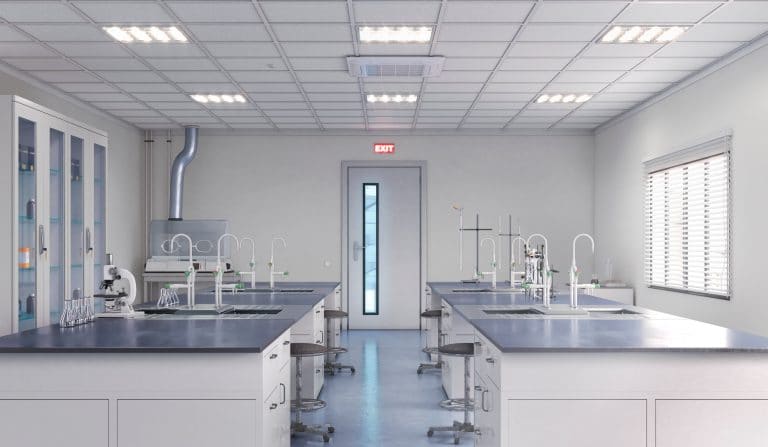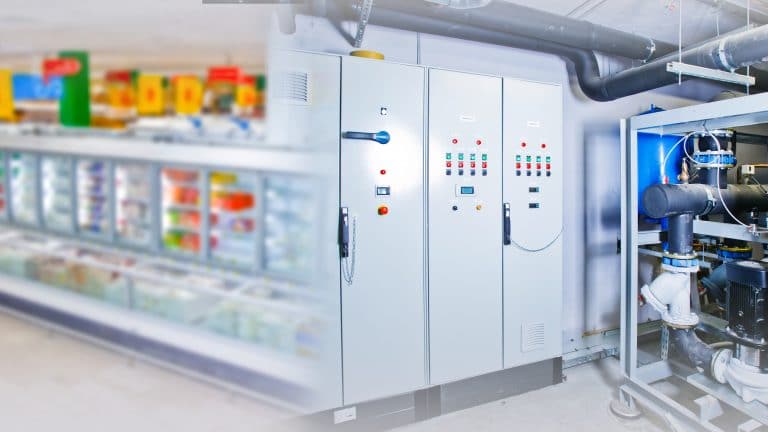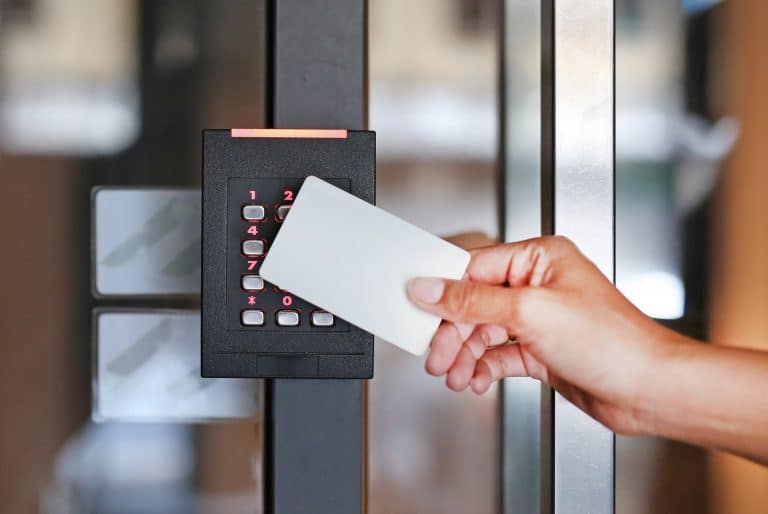Incorporating Security Into Controlled Substance/Biotech Facility Design
For most organizations, security is primarily focused on protecting one or more facilities and all people and data from physical and cyber intrusions. However, the best practices associated with security systems must be “leveled-up” when designing facilities to manufacture controlled substances like drugs or conduct biological research—whether constructing a building from the ground up or retrofitting an existing structure.

In particular, security will play a critical role in a facility’s ability to adhere to Good Manufacturing Practice (GMP), a system that ensures products like food, cosmetics and pharmaceuticals as well as many types of R&D work are consistently produced and controlled according to set quality standards. GMP examines and covers all aspects of the manufacturing process to guard against risks that can be catastrophic, such as cross-contamination, adulteration, and mislabeling.
Implementing GMP can help cut down on losses and waste, protecting both manufacturers and consumers. When thinking about security as an element of GMP, it’s important to answer these four questions during the design process:
- Who has access and when?
- What is the critical relationship between doors and airflow?
- How are investigations conducted to provide transparent oversight for governing bodies?
- How is the product protected not only from environment concerns, but sabotage or theft as well?

Here is some guidance that might be helpful.
The Issue of Access
Issuing cards to employees and using a card reader is certainly an appropriate way to control who comes into a facility, but to adhere to GMP it’s critical to be more granular. For instance, it may be necessary to limit access to a holding area where products produced during the day are stored overnight before being shipped out the next morning.

In addition to taking into account specific situations unique to the facility, it’s important to recognize and account for an organization’s culture when designing security within GMP space. How do different platforms communicate with each other? Why is that important? How does the organization manage incidents? And then there are these three important questions to answer:
- Should you allow access 24/7 or only during shift hours, and why one versus another?
- How do supervisors communicate and interact with staff as it relates to physical access?
- What role does security play in daily GMP operations, i.e., shutdowns, arming/disarming intrusion zones, incident management?
The Importance of Interlocking
While interlocks offer first-class physical protection, for GMP purposes they are also used to maintain airflow; an interlock is defined as a series of doors that open intelligently if one door is open, all associated doors are shunted (or locked) until all doors are normalized (or closed).
Interlocking is very important to separate air space and product. Depending on a facility’s requirements, it may be a typical steel single or double door, a roll-up door, or a sliding door. By allowing the access control system to take ownership of this logic, the operational process helps ensure required oversight is met and provides insightful data for investigations.
The Matter of Compliance
GMP spaces typically manage regulated products or biologicals (DNA) that have compliance requirements to ensure transparent practices, thus they have unique design requirements that will facilitate investigations by governing bodies. Detailed monitoring of those spaces delivers the appropriate oversight and provides value to the organization by accelerating the investigation process, which may include:
- Documenting who accessed what space at what time
- Documenting who enabled/disabled an intrusion area
- Identifying if someone is inadvertently trapped and requires emergency egress by overriding locked doors

The Question of Cameras
While GMP does not require the use of cameras, we consider using them to be a best practice and recommend adequate camera coverage to capture the entire product pipeline, which may include:
- Product processing (bottling and palatalizing)
- Shipping and receiving
- Short-term storage
- Long-term storage
Camera coverage has proven to be a very effective tool to mitigate theft and sabotage, and it is a critical asset for the investigation process.
The Takeaway
For organizations that need to protect themselves against problems like cross-contamination over and above the typical security concerns associated with any business, focusing on leveled-up security as an integral part of the design process will ensure compliance with GMP standards. Incorporating best practices such as those we have detailed here is the best way to protect products, consumers, and the organization itself.
About Atriade
Atriade Atriade has worked on over 500+ projects, in 60+ industries, in 30+ countries. If you are ready to get expert assistance in creating your governance plan that will set you apart from your competitors, we are here to help. Our management team carries a lifetime of experience in all areas of Physical Security and Electronic Security that we are ready to put to work for your unique business and team.
Visit us online at Atriade.com
Connect with us on LinkedIn
Subscribe to our LinkedIn Newsletter: Take A Risk
- Categories:
- Blog,
- Facility Design
